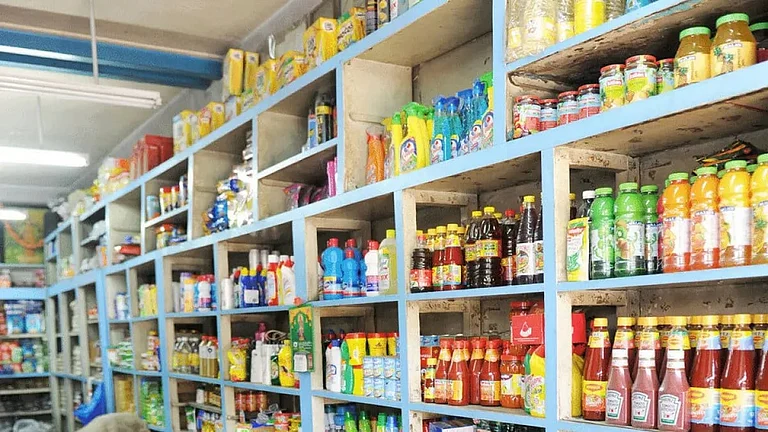Plant leaves absorb microplastics and nanoplastics directly from the air, which ends up getting ingested by herbivores or humans in the form of crops, according to a new study published in the journal Nature.
How Microplastics in the Air End Up Inside Humans? Explained
A new study reveals how microplastics in the air enter plant leaves, potentially harming crops and eventually reaching humans
Pathways of Plastic Particles
The study found that the plastic particles entered leaves through various pathways, including surface structures such as stomata and the cuticle.
Once inside the leaf, microplastics move through spaces between plant cells and can also accumulate inside tiny hair-like structures, called trichomes, on the surface of leaves, reported DownToEarth. Microplastics can also travel through plant’s water and nutrient transport systems to reach other tissues. Trichomes, hair-like appendages on cells act as ‘sinks’ that trap external particles, thereby limiting the transport of plastics from leaves to roots.
The study also demonstrated that this absorption takes place more frequently in outdoor environments. The concentration of plastic particles in plant tissues correlated with the concentration of the plastics in the surrounding air, as reported by DownToEarth. Levels of microplastics- specifically polyethylene terephthalate and polystyrene- were 10 to 100 times higher in vegetables grown outdoors than those cultivated in greenhouses. Plants with longer growth periods and older outer leaves were found to contain higher concentrations of microplastics than younger on inner leaves.
Another study by the Proceedings of the National Academy of Sciences found that microplastics are not only harmful when ingested through the leaves but also contribute to crop losses as they hinder photosynthesis. Microplastic exposure decreases photosynthesis in land plants, as well as marine and freshwater algae by 7% to 12%. This could eventually reduce yields of staple crops such as rice, wheat and maize by between 4% and 14%, according to DownToEarth.
Labelled as a top ten threat by World Economic Forum, microplastics and dietary exposure to plastics need to be further investigated to determine the degree to which these particles reach internal organs.

